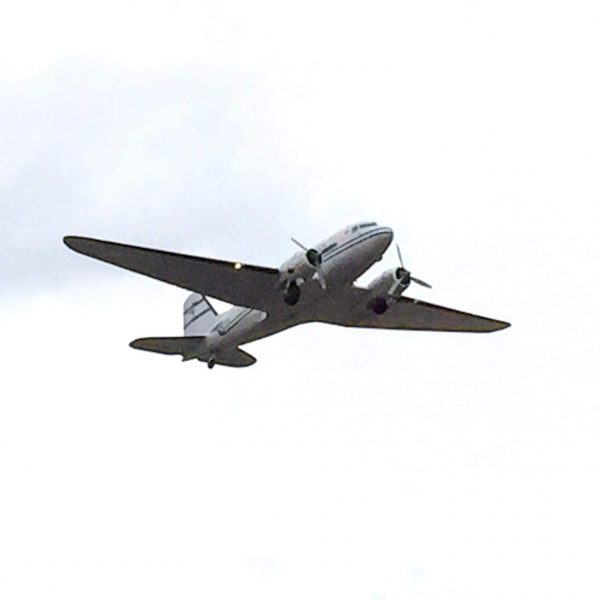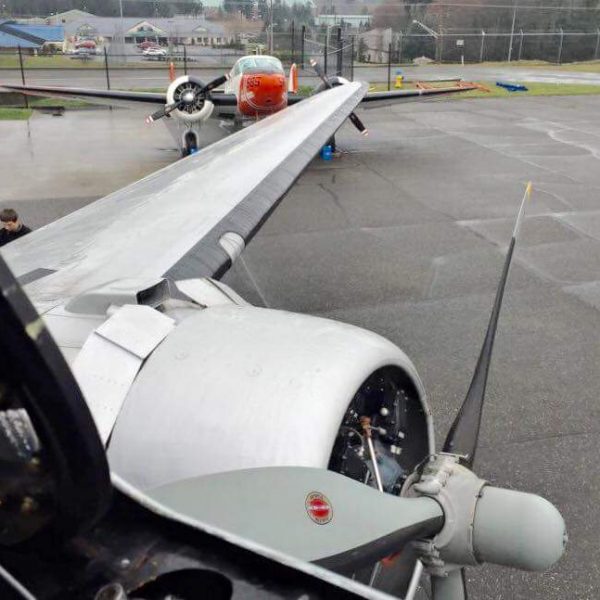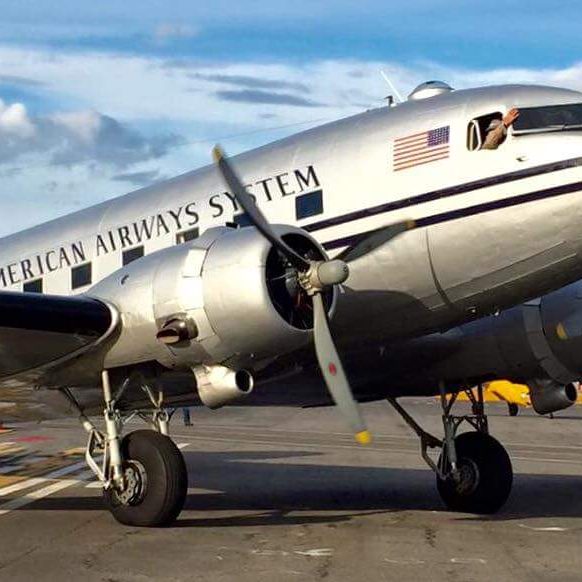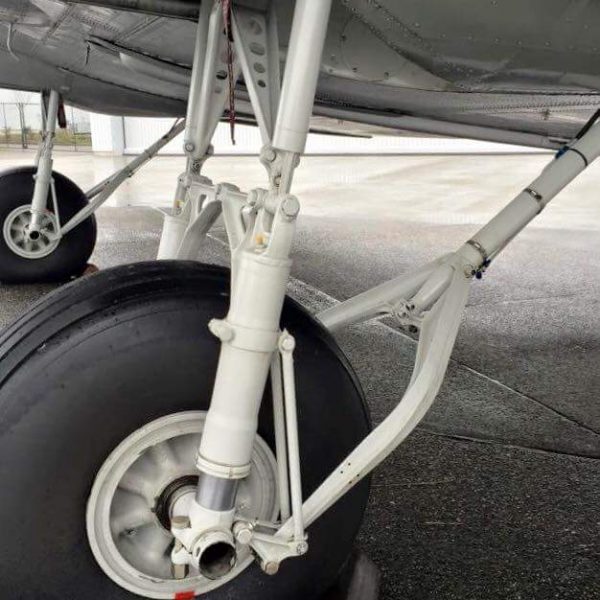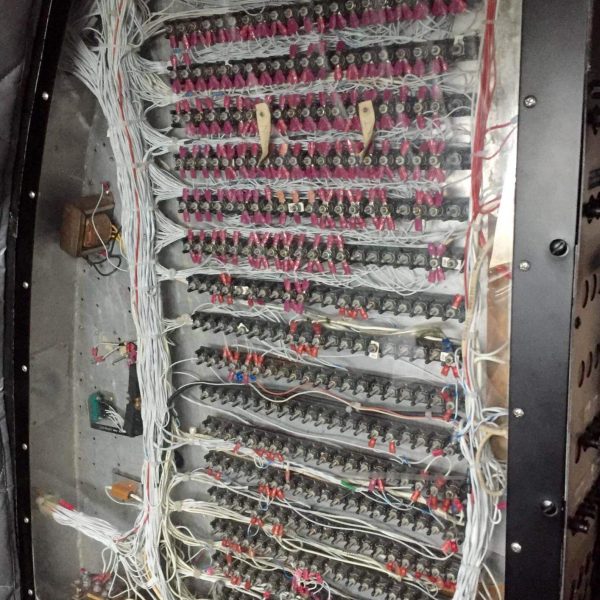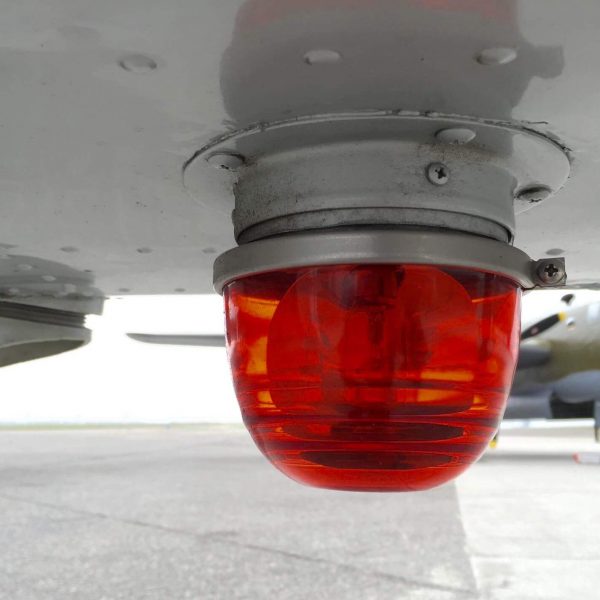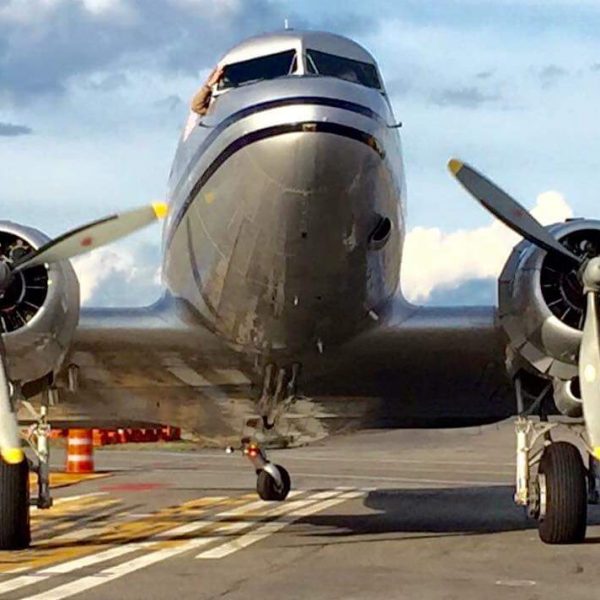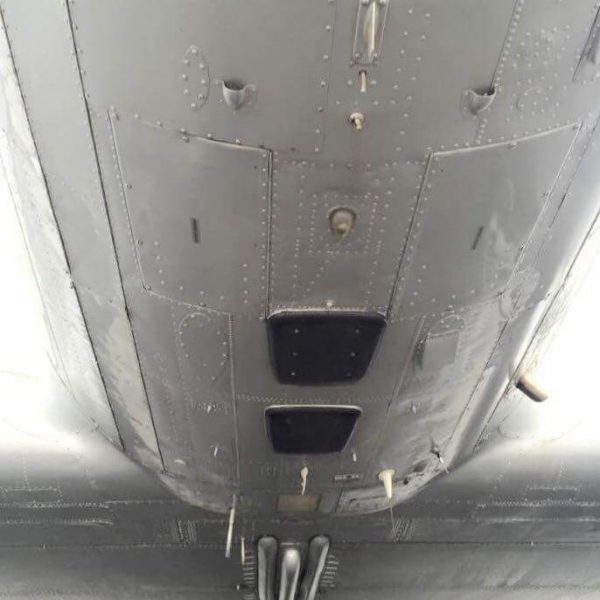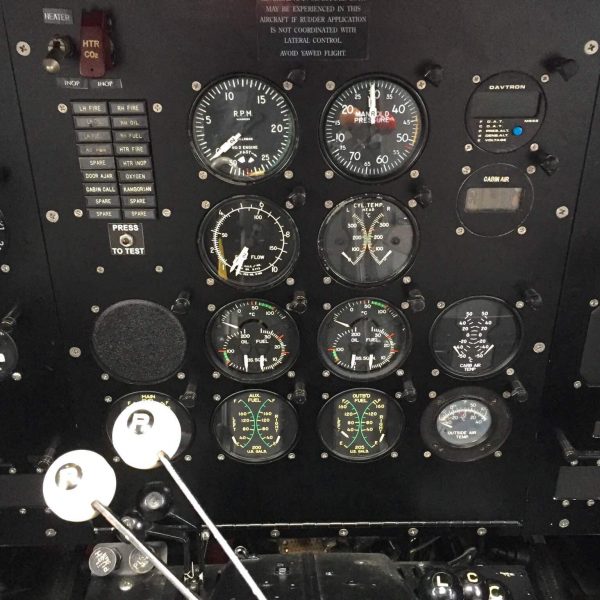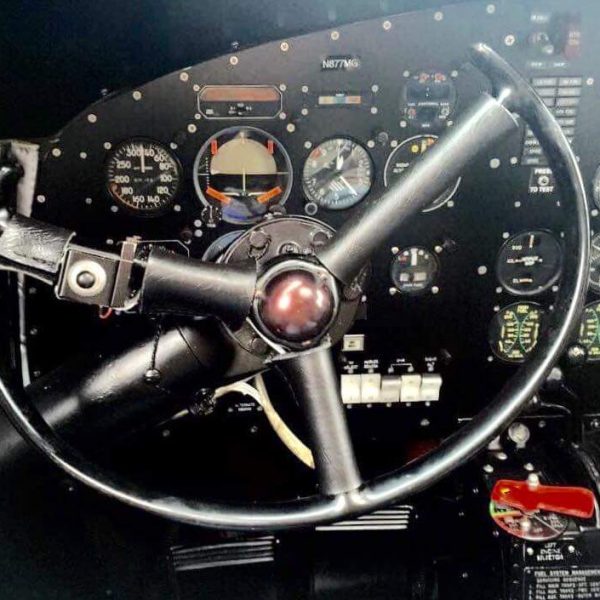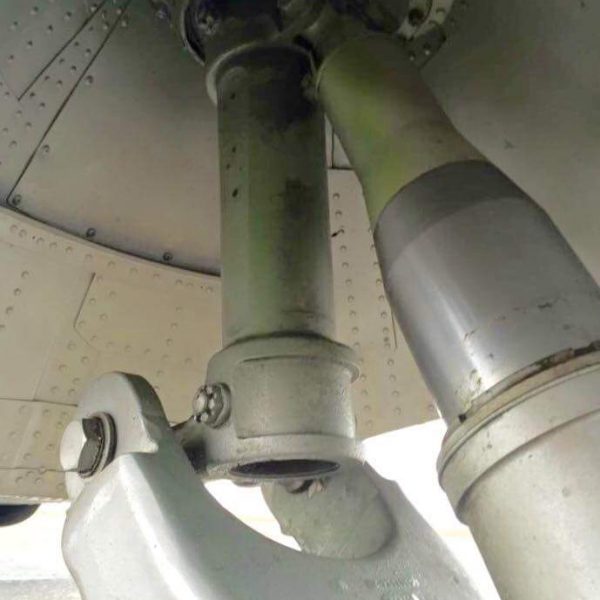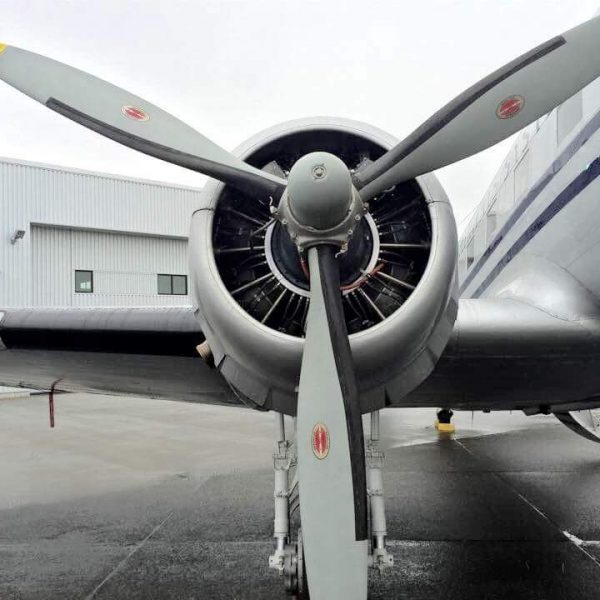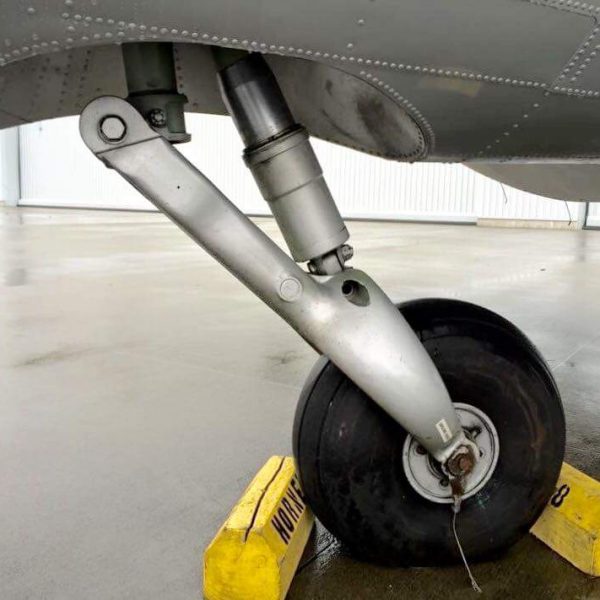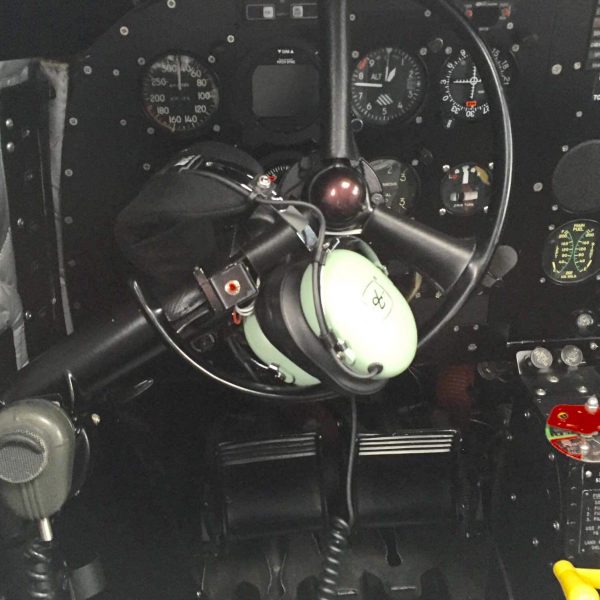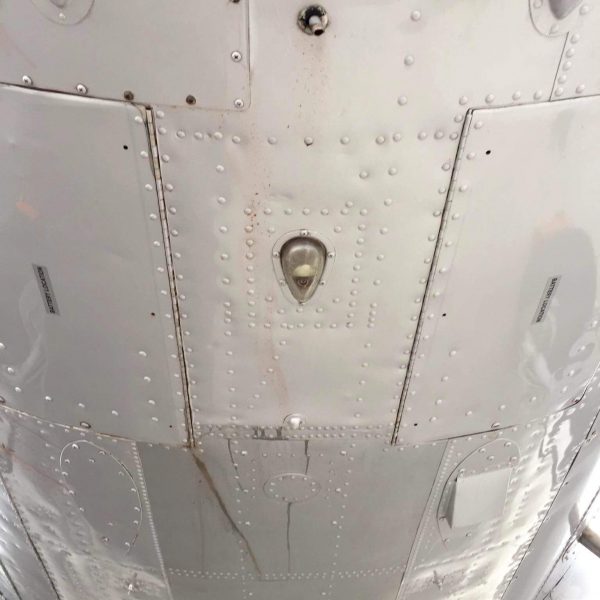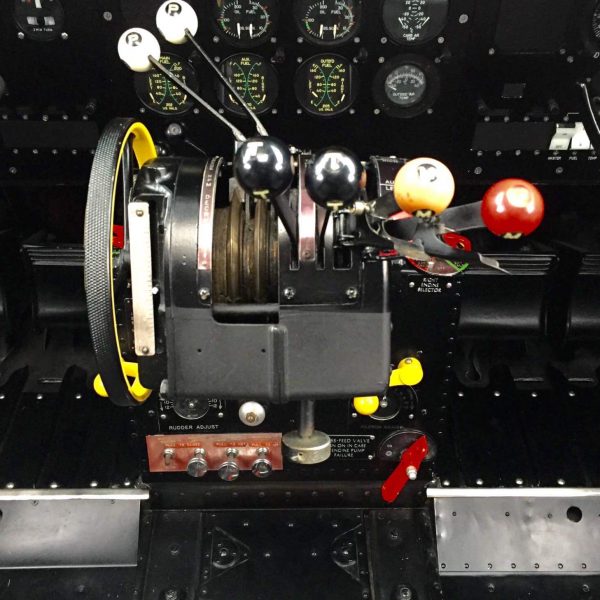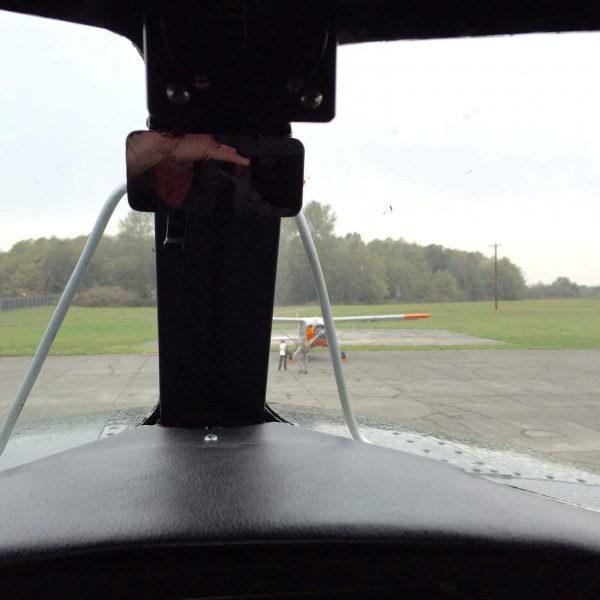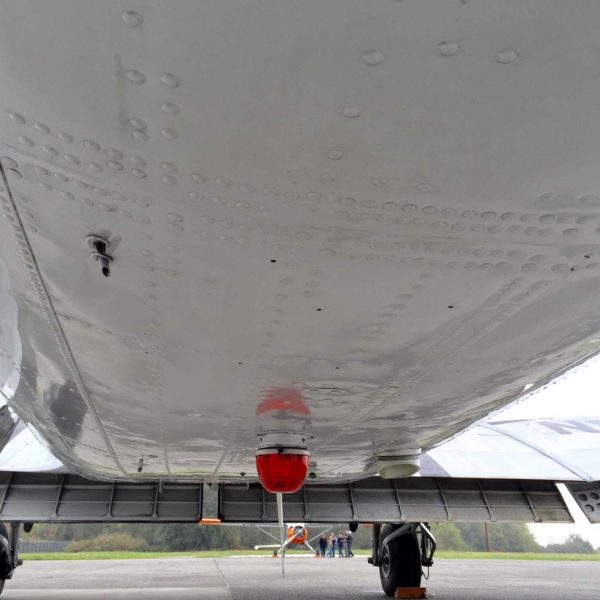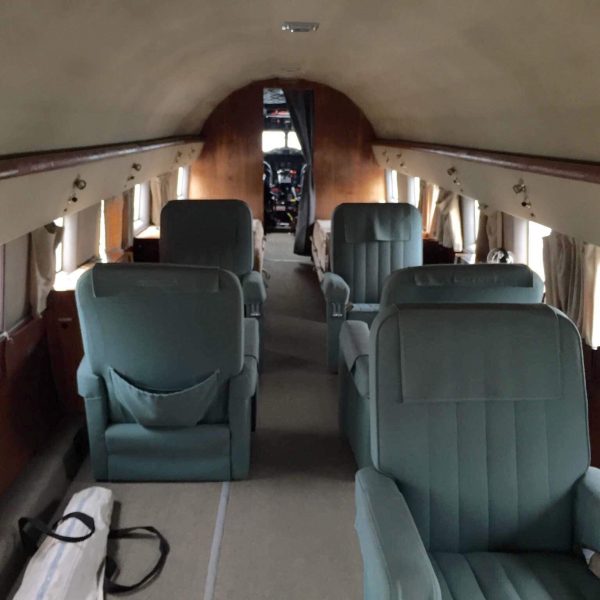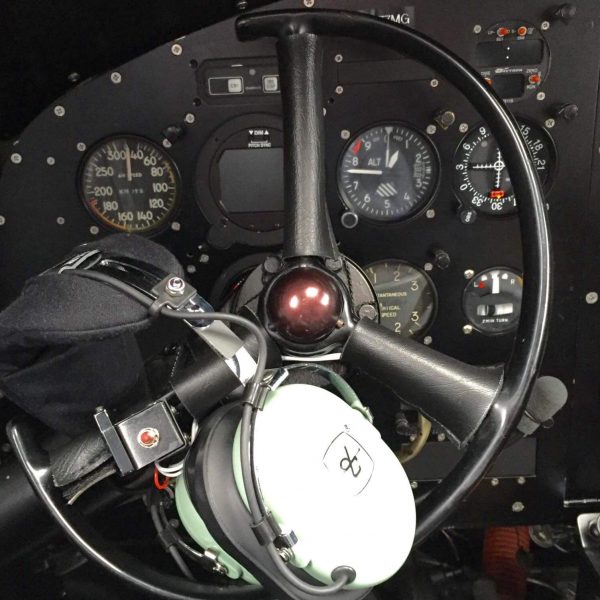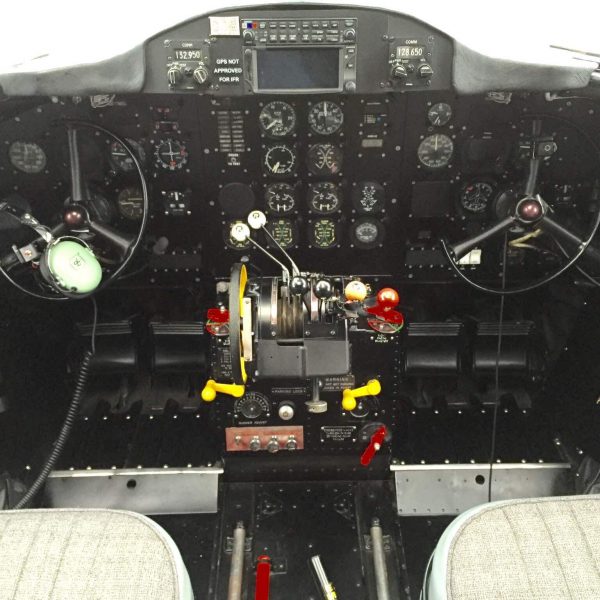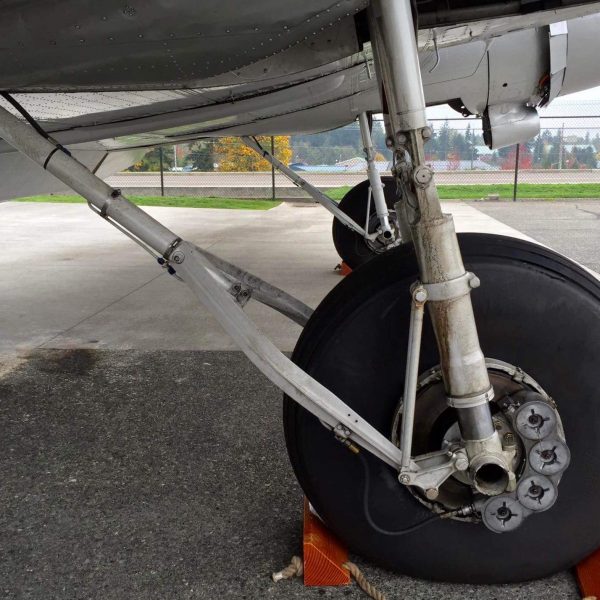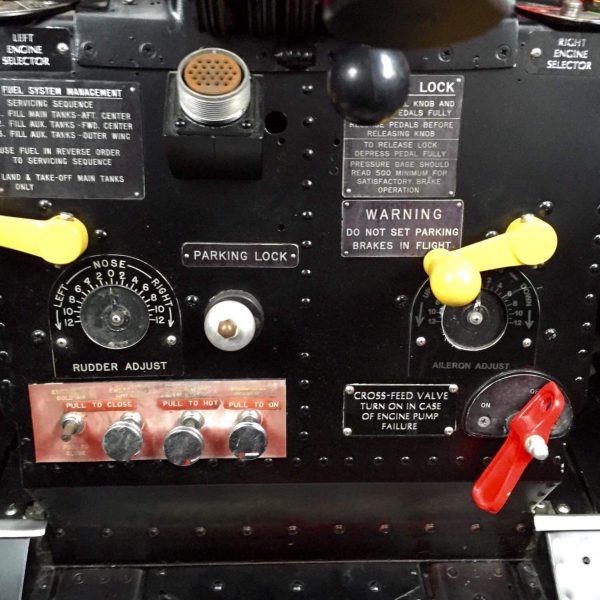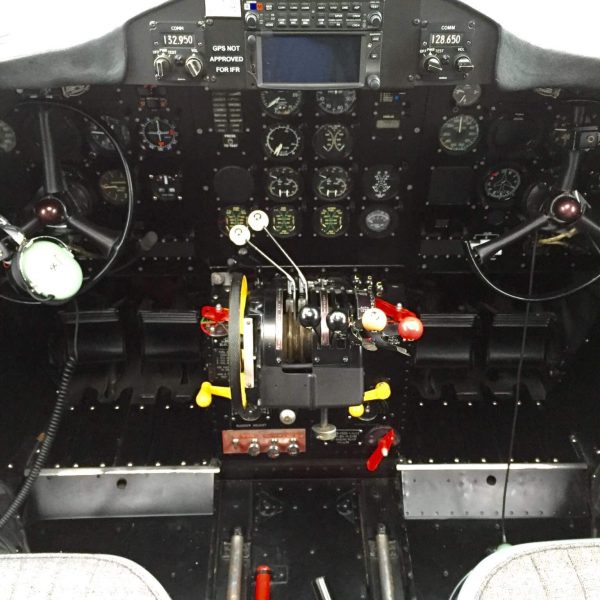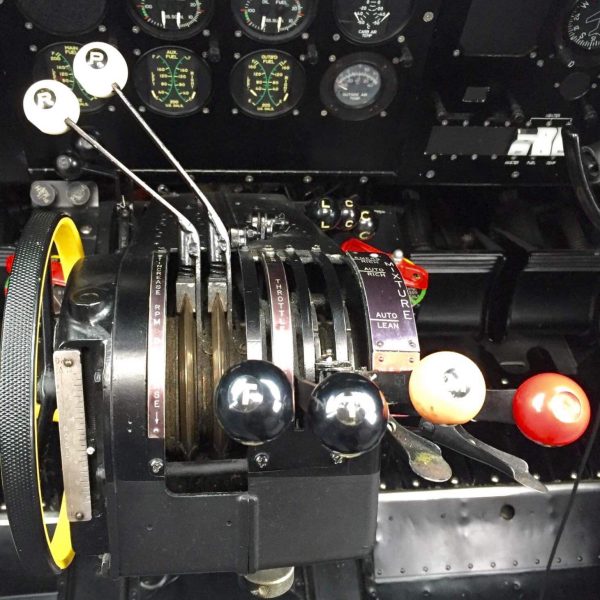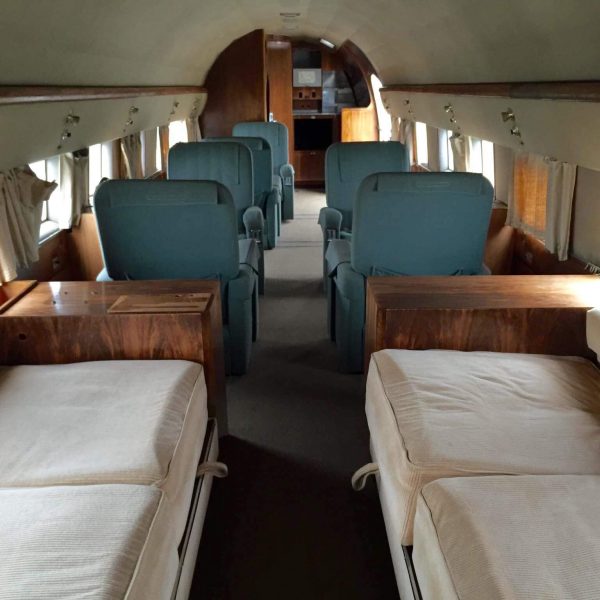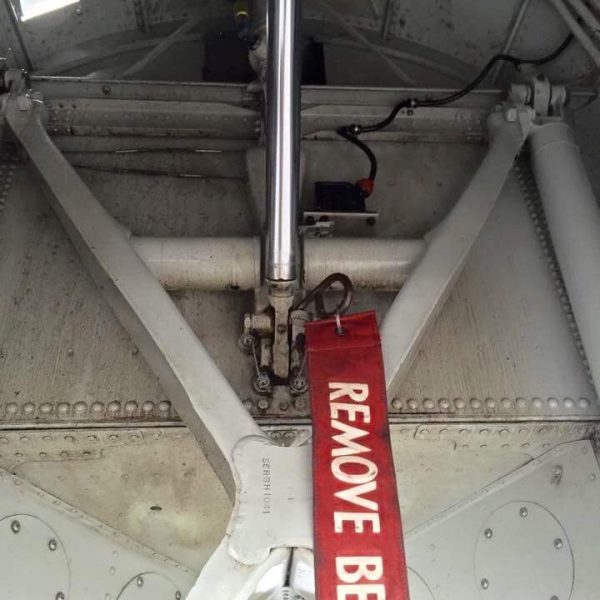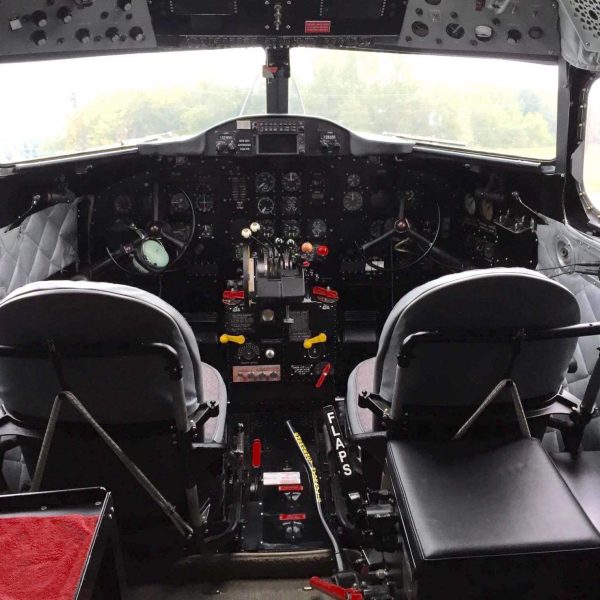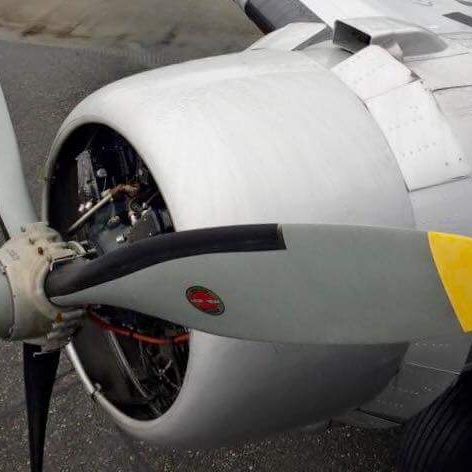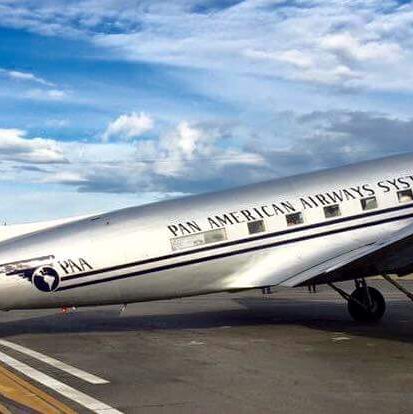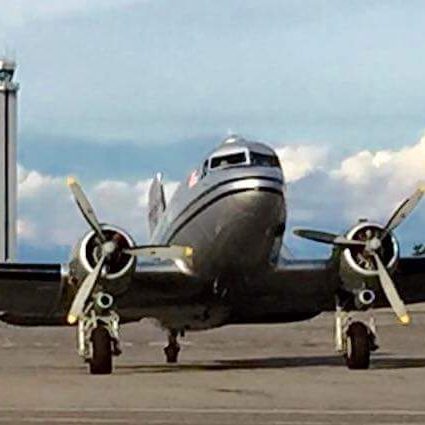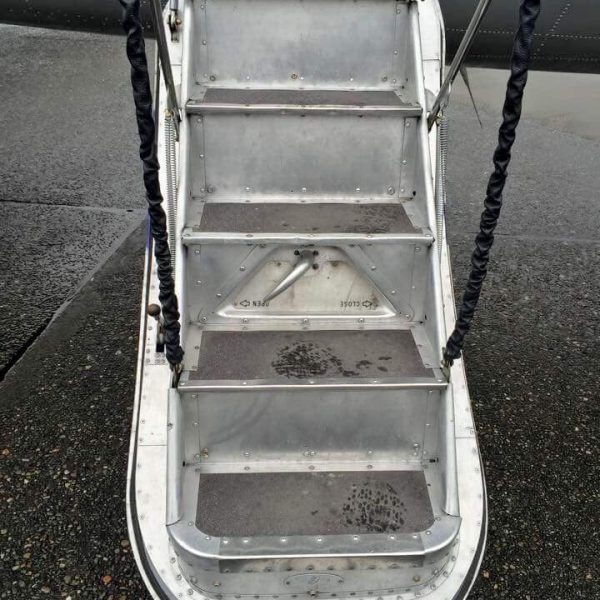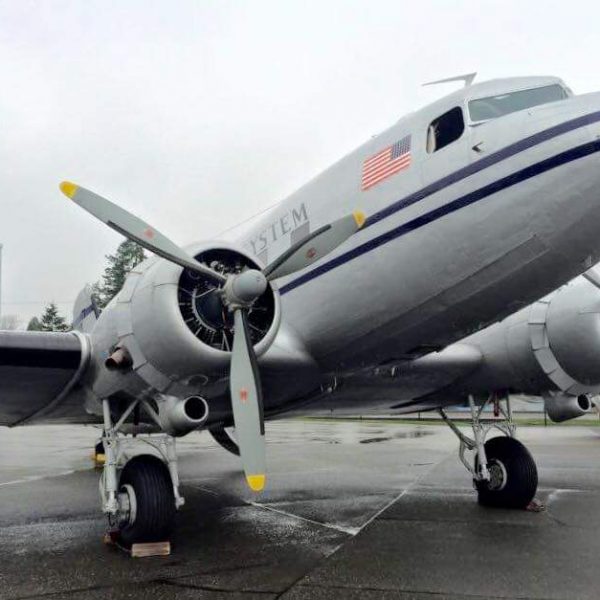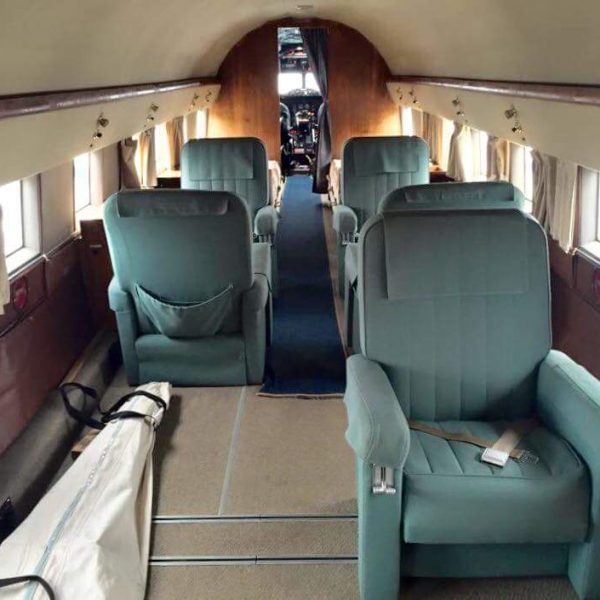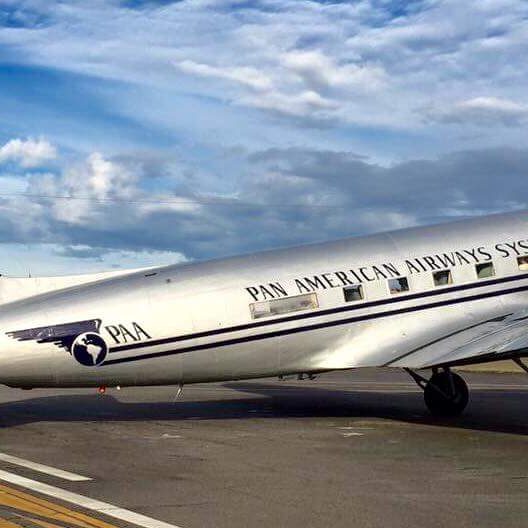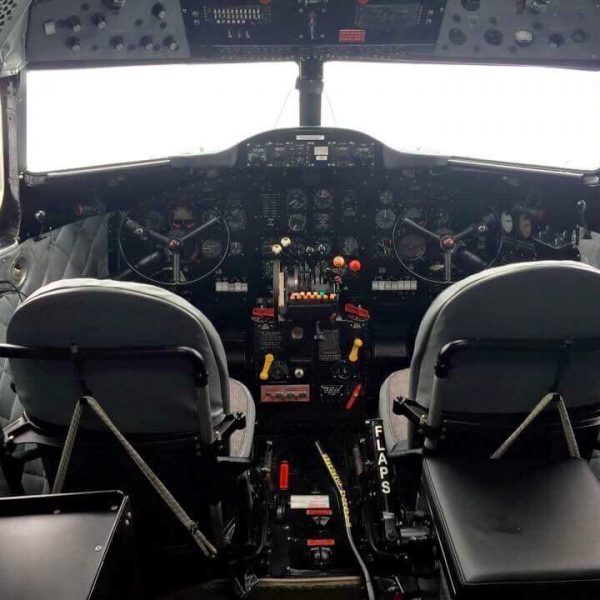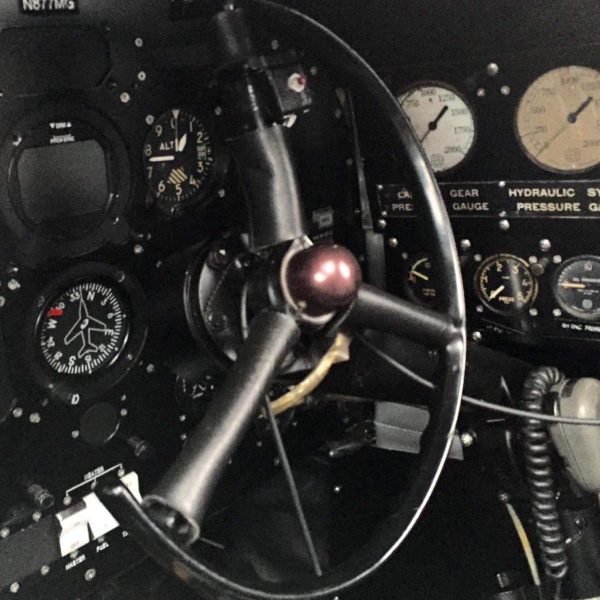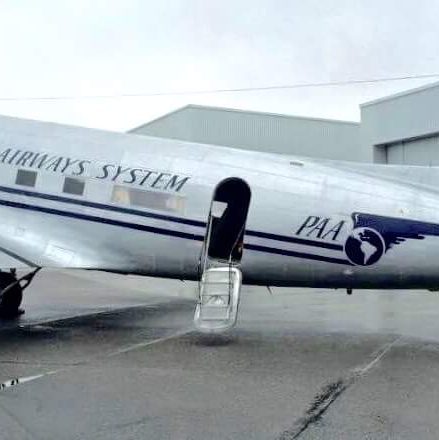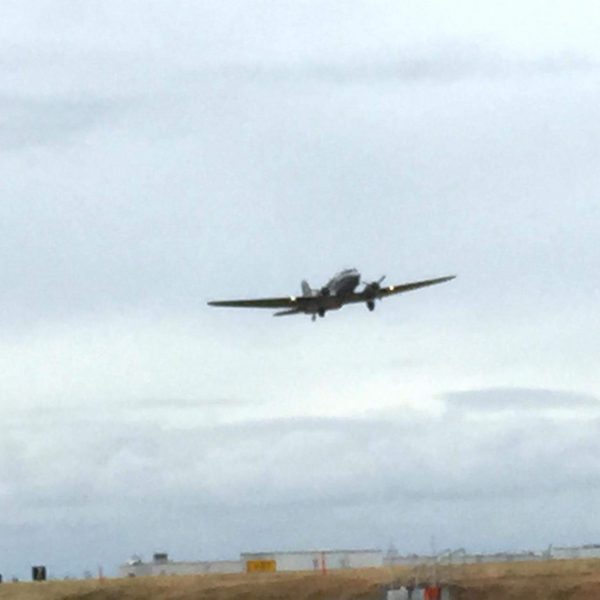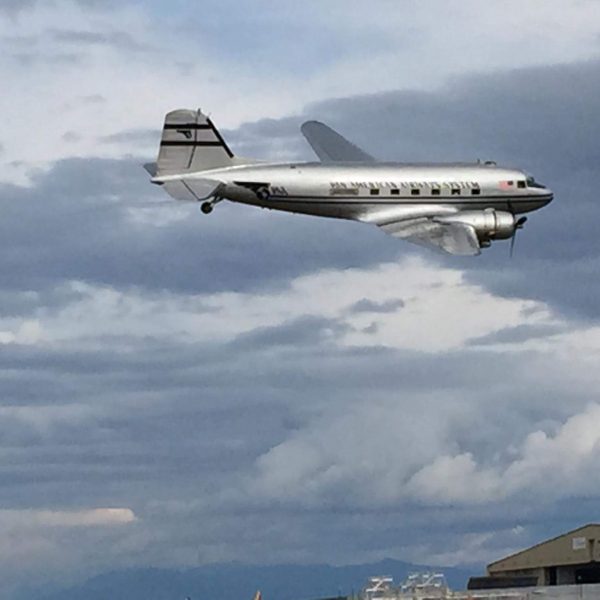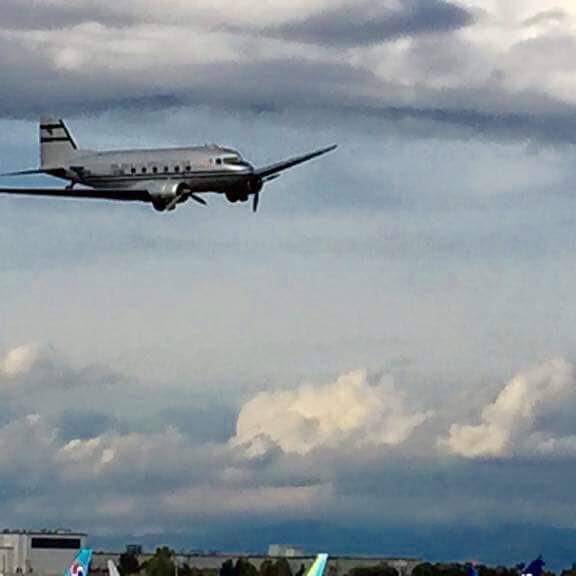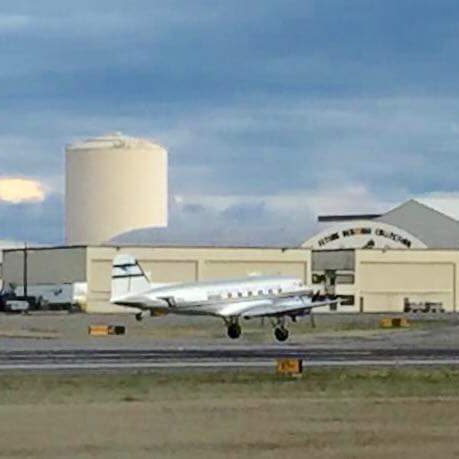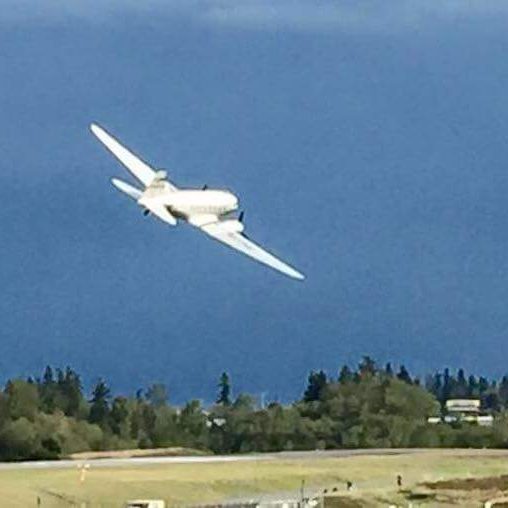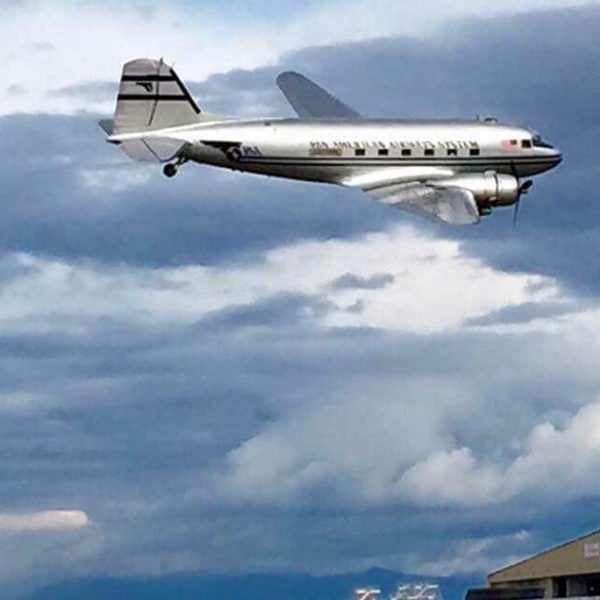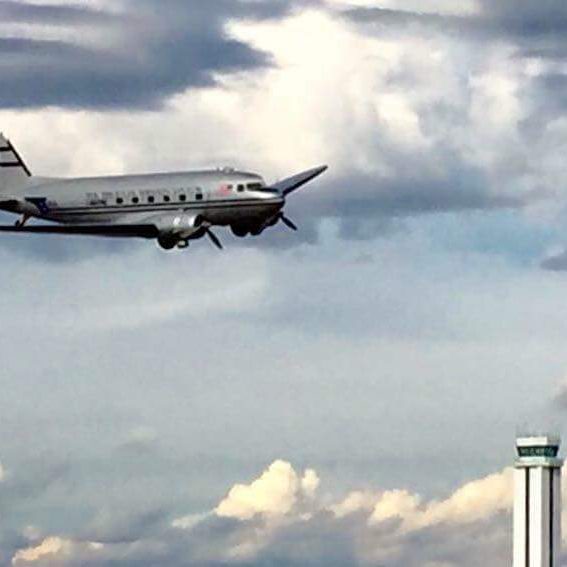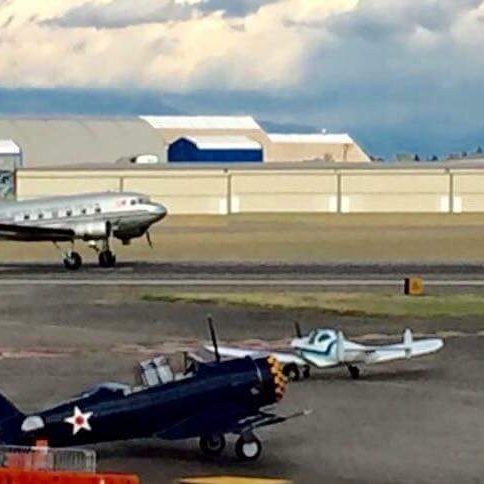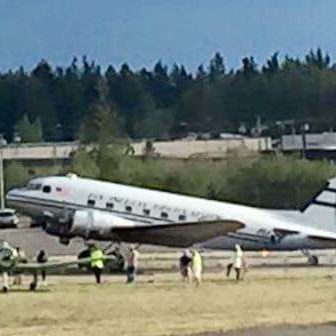Douglas C-47 Skytrain/DC-3C
https://www.youtube.com/
Following the crash of Transcontinental and Western Air’s (TWA) Fokker F-10A NC999E on March 31, 1931 (U.S. football legend Knute Rockne was killed in this crash), the U.S. Bureau of Air Commerce required all operators of wooden spar and rib aircraft to perform periodic internal safety inspections of their aircraft. Due to the costs and time delays created by the circumstances, TWA approached Consolidated, Curtiss, General Aviation, Martin and Douglas for a design similar to the Boeing Model 247 (the first 60 of which Boeing was delivering to United Air Lines). A contract was awarded to Douglas Aircraft Company and its development was headed by a design team headed by Donald Douglas, James “Dutch” Kindelberger, Arthur Raymond, Ed Burton, Jack Northrop, George Strompl and Fred Herman. The resulting DC-1 had its maiden flight on July 1, 1933. The DC-2 that followed had a higher service ceiling, increased speed, and had a wider fuselage for more seating, and deliveries to TWA commenced in July 1934. But American Airlines operated the Curtiss T-32 Condor sleeper aircraft on its transcontinental flights and requested that Douglas create a still larger version of the DC-2. The resulting DC-3 prototype first flew on December 17, 1935 and it went into service in June 1936. Douglas farmed out manufacturing licenses to The Netherlands and the Soviet Union, and beginning in 1938, the Japanese company Mitsui (a subsidiary of Nakajima Hikoki) built a version of the DC-3 and its Pratt & Whitney engines under license and were operated by Dai Nippon Koku and pressed into military service with the Imperial Japanese Navy during the war. With the outbreak of World War II, large numbers of DC-3’s were converted to the famous utility transport with the C-47 designation and were nicknamed “Skytrain” and “Skytrooper” and “Dakota” (by U.K. forces) and “Gooney Bird.” Also known by British Commonwealth forces as “Dakota,” it also had the nicknames “Skytrooper” and “Gooney Bird” and “Old Bucket,” and during the Vietnam War it was known as “Puff” and “Puff, the Magic Dragon” ostensibly as a result of its appearance and sound at night while defending hamlets in the Mekong River Delta (as reported by Capt. Jack Harvey). Theories abound as to how the aircraft got the “Gooney Bird” nickname. It has been said the name came from the South Pacific where small atolls were the home of the wandering albatross, the giant seagull-like bird noted for its powers of flight, and sometimes unflattering but safe landings. Some U.S. GI’s said the C-47 looked like the bird, with a heavy body and long wings, and mimicked the bird in its struggle to get off the rain-soaked dirt fields. Or, the name comes from the definition of stupid, or goon. Pilots called the C-47 stupid because they said it didn’t know it wasn’t supposed to be able to do the things it did. Another source claims that before the C-47, the C-39 was nicknamed “Gooney Bird” by the Tenth Transport Command at Patterson Field in Dayton, Ohio. The C-47 was fitted with two Pratt & Whitney R-1830-92 Twin Wasp engines and could hold 28 troops or a jeep or a 37 mm cannon. Variants included the AC-47D Spooky gunship, SEC-47 electronic reconnaissance aircraft, EC-47Q antiaircraft systems evaluation, and C-53 Skytrooper. Built under license in the Soviet Union, 20,000 were produced with the designation Lisunov Li-2 ( named after chief engineer Boris Pavlovich Lisunov) and were fitted with a pair of 900 hp. Shvetsov M-62 engines (developed from the licensed Wright SGR-1820F which powered the DC-2) . The aircraft served a great many roles, from troop and freight transport, parachute drops, glider tug, ambulance. This DC-3C variant was powered by a pair of Pratt & Whitney R-1830 Twin Wasp radial engines.

